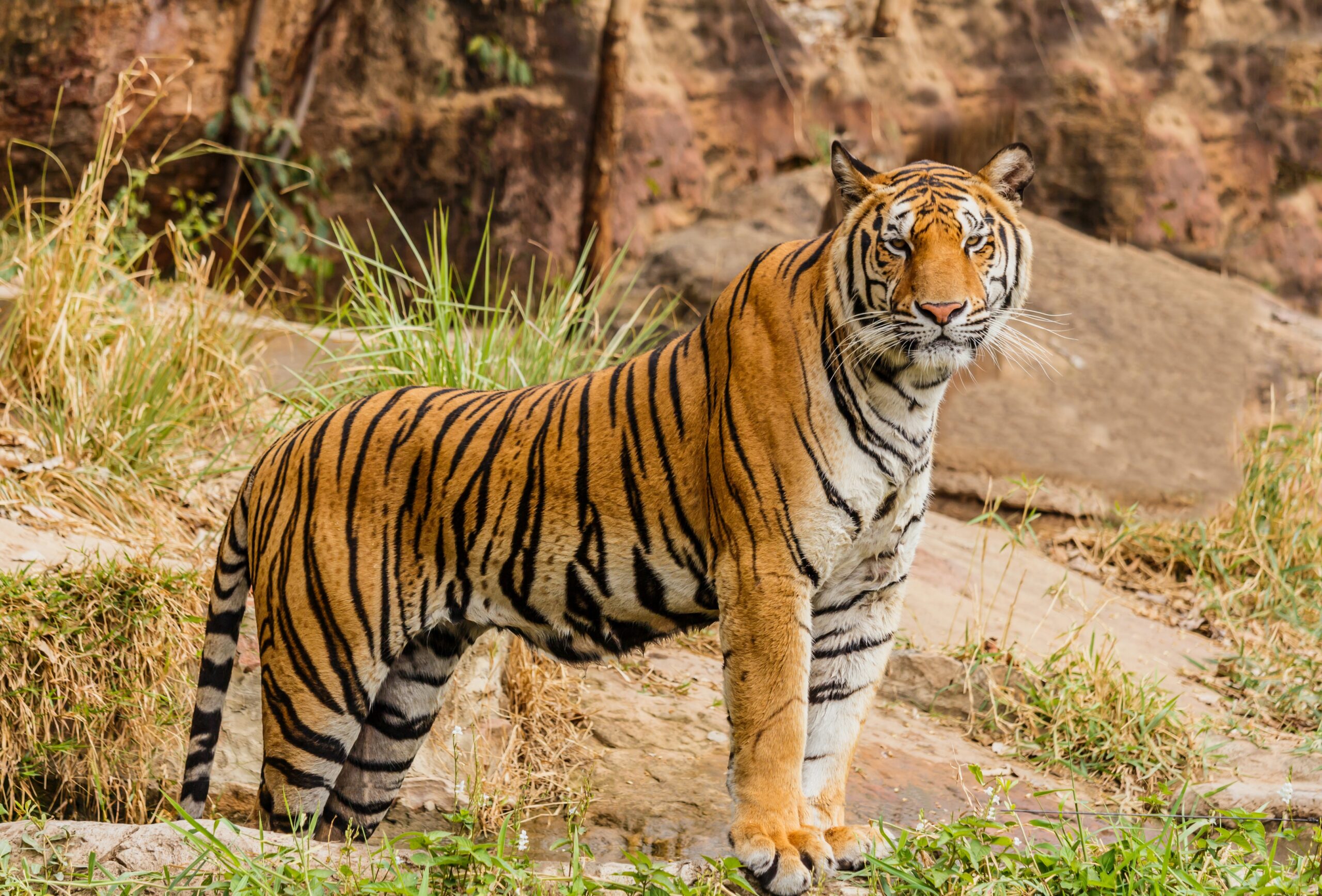The Best Places to See Wildlife in the World
Recently updated on January 17, 2025
Total words: 902

The world is full of incredible wildlife, and witnessing them in their natural habitat can be an unforgettable experience. From majestic big cats to playful dolphins, there are many places around the globe where you can observe these magnificent creatures. Here are some of the best places to see wildlife in the world.
- The Masai Mara, Kenya: The Masai Mara is a popular destination for wildlife enthusiasts, and it’s easy to see why. This stunning national reserve is home to the Big Five, as well as other incredible animals such as giraffes, zebras, and cheetahs. One of the highlights of a visit to the Masai Mara is the annual wildebeest migration, where millions of wildebeest, zebras, and gazelles make their way across the plains.
- Galapagos Islands, Ecuador: The Galapagos Islands are a unique destination for wildlife enthusiasts, as they are home to many species found nowhere else on Earth. The islands are known for their giant tortoises, marine iguanas, and blue-footed boobies, among other species. Visitors can take guided tours to learn about the island’s ecology and observe the wildlife up close.
- Kruger National Park, South Africa: Kruger National Park is one of Africa’s largest game reserves and home to an impressive array of wildlife. The park is home to the Big Five, as well as many other species such as hyenas, cheetahs, and hippos. Visitors can explore the park by taking guided safaris or self-driving tours.
- Yellowstone National Park, United States: Yellowstone National Park is famous for its geysers and hot springs, but it’s also a fantastic place to observe wildlife. The park is home to bears, wolves, elk, bison, and many other species. Visitors can take guided tours or explore the park on their own.
- Borneo, Malaysia: Borneo is one of the most biodiverse places on Earth, home to a vast array of wildlife. Visitors can see orangutans, pygmy elephants, proboscis monkeys, and many other species. Guided tours can take visitors into the jungle to observe the wildlife up close.
- Amazon Rainforest, South America: The Amazon Rainforest is one of the most biodiverse places on the planet, home to an incredible array of wildlife. Visitors can take guided tours to observe monkeys, sloths, parrots, and many other species. Nighttime tours can be particularly rewarding, as visitors can observe nocturnal animals such as owls and bats.
- Serengeti National Park, Tanzania: The Serengeti is a vast national park in Tanzania, known for its incredible wildlife. The park is home to the Big Five, as well as many other species such as hyenas, giraffes, and zebras. One of the highlights of a visit to the Serengeti is the annual wildebeest migration, where millions of animals make their way across the plains.
- The Great Barrier Reef, Australia: The Great Barrier Reef is the world’s largest coral reef system, home to thousands of species of marine life. Visitors can take guided tours to snorkel or scuba dive among the colorful coral and observe the incredible array of fish, turtles, and other sea creatures.
- Churchill, Canada: Churchill, in Manitoba, Canada, is known as the “Polar Bear Capital of the World.” Visitors can take guided tours to observe polar bears in their natural habitat, as well as other Arctic wildlife such as beluga whales and arctic foxes.
- The Pantanal, Brazil: The Pantanal is a vast wetland in Brazil, home to an incredible array of wildlife.
1. What are the best places to see wildlife in the world?
Some of the best places to see wildlife in the world include the Maasai Mara National Reserve in Kenya, the Galapagos Islands in Ecuador, the Amazon Rainforest in Brazil, Yellowstone National Park in the USA, and the Serengeti National Park in Tanzania. These destinations offer unique opportunities to witness a diverse range of wildlife in their natural habitats.
2. How can I best prepare for a wildlife safari?
To prepare for a wildlife safari, it is essential to pack appropriate clothing for varying weather conditions, bring binoculars and a camera with a zoom lens for wildlife viewing, research the wildlife species you are likely to encounter, and follow the guidance of experienced guides to ensure a safe and memorable safari experience.
3. What are the key conservation efforts in place to protect wildlife populations?
Key conservation efforts to protect wildlife populations include establishing protected areas and national parks, implementing anti-poaching measures, supporting community-based conservation initiatives, promoting sustainable tourism practices, and raising awareness about the importance of wildlife conservation among local communities and global audiences.
4. What is the significance of ecotourism in wildlife conservation?
Ecotourism plays a crucial role in wildlife conservation by providing economic incentives for local communities to protect natural habitats and wildlife populations, promoting environmental education and awareness among tourists, and fostering a sense of stewardship towards the conservation of biodiversity and ecosystems.
5. How can travelers contribute to wildlife conservation efforts during their trips?
Travelers can contribute to wildlife conservation efforts by choosing responsible tour operators and accommodations that prioritize sustainability and conservation practices, respecting wildlife viewing guidelines and maintaining a safe distance from animals, supporting local conservation projects through donations or volunteer work, and spreading awareness about the importance of wildlife conservation through social media and word-of-mouth.